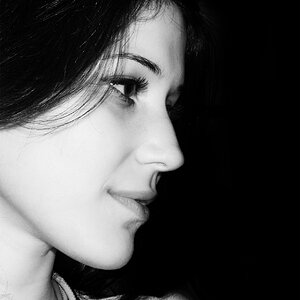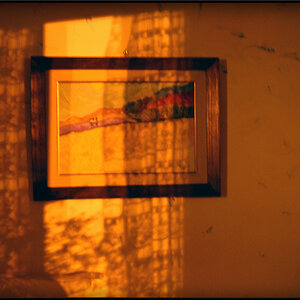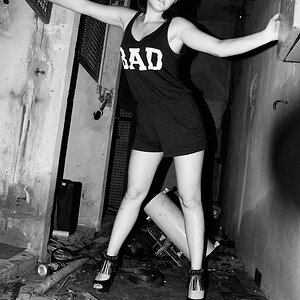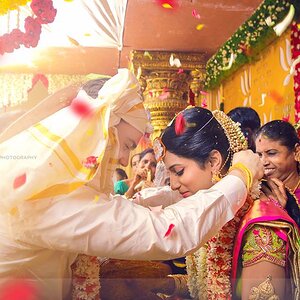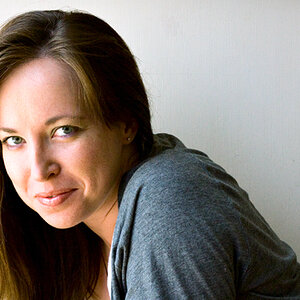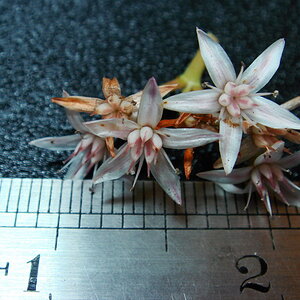Helen B
TPF Noob!
- Joined
- Sep 16, 2007
- Messages
- 3,296
- Reaction score
- 467
- Location
- Hell's Kitchen, New York
- Can others edit my Photos
- Photos NOT OK to edit
The three classic methods of doing this with one exposure are to use a split diopter (ie half a supplementary close-up lens); to use tilt (possibly the easiest and most common method); or to use a relay lens system to create an aerial image of the distant subject in the same plane as the near subject. The latter method is fairly complicated and it has limited applicability.
Do any of those methods sound like anything that you have been taught?
Taking two exposures, one focused close and one focused far, is not totally straightforward, particularly if it is done on one piece of film with a half-frame matte. As many lenses are focused the magnification changes subtly. Therefore two images taken at very different focus points could be at two noticeably different magnifications. A simple composite would show the difference at the join.
Focus stacking software gets round this by adjusting the magnification. High-end motion picture lenses get round it by changing focal length as they are focused, so focus pulls don't look weird.
Does any of this sound like something that you may have been taught?
Good luck,
Helen
Do any of those methods sound like anything that you have been taught?
Taking two exposures, one focused close and one focused far, is not totally straightforward, particularly if it is done on one piece of film with a half-frame matte. As many lenses are focused the magnification changes subtly. Therefore two images taken at very different focus points could be at two noticeably different magnifications. A simple composite would show the difference at the join.
Focus stacking software gets round this by adjusting the magnification. High-end motion picture lenses get round it by changing focal length as they are focused, so focus pulls don't look weird.
Does any of this sound like something that you may have been taught?
Good luck,
Helen



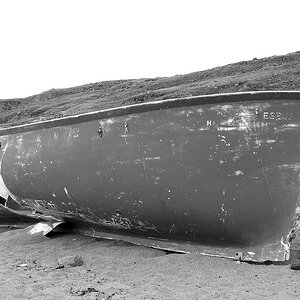
![[No title]](/data/xfmg/thumbnail/37/37413-e579e9da185db973d8cb34300b9f0eb9.jpg?1619738059)

